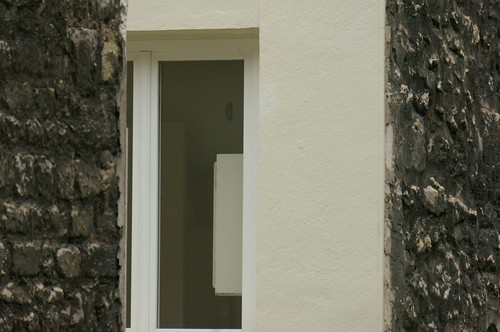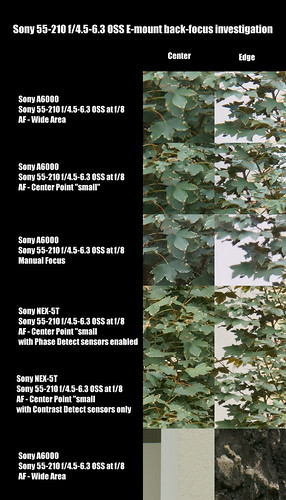Something crawled across my Facebook feed and I had to stop and take a look. Normally I don't click through to see what FB "recommends" for my, no doubt, pleasurable consumption, but...
There was something about the way the photographer lit the subject and the way the artist appeared to have thought through the ideas and details behind the presentation. The subject is the man's young daughter. The theme is super hero super power. The presentation is down right classy (to me, at least).
One of the local creative people I sometimes work with suggested we do a Catwoman shoot. Casting about for ideas on how to best present the material, I found inspiration on 500px.com. There seems to be a common image making approach shared between the super hero and catwoman series.
The subject lighting is classic rim light. Sometimes there are two hard lights. Sometimes one is hard and the other soft. In most cases the front of the subject has details that catch the sidelights. Little to no front fill appears to be used. Processing is pretty straight forward composite foreground/background work. The results are spectacular.
I find this kind of work rather fun and certainly inspirational. I wonder where this might lead in my own imaging efforts?

There was something about the way the photographer lit the subject and the way the artist appeared to have thought through the ideas and details behind the presentation. The subject is the man's young daughter. The theme is super hero super power. The presentation is down right classy (to me, at least).
One of the local creative people I sometimes work with suggested we do a Catwoman shoot. Casting about for ideas on how to best present the material, I found inspiration on 500px.com. There seems to be a common image making approach shared between the super hero and catwoman series.
The subject lighting is classic rim light. Sometimes there are two hard lights. Sometimes one is hard and the other soft. In most cases the front of the subject has details that catch the sidelights. Little to no front fill appears to be used. Processing is pretty straight forward composite foreground/background work. The results are spectacular.
I find this kind of work rather fun and certainly inspirational. I wonder where this might lead in my own imaging efforts?




